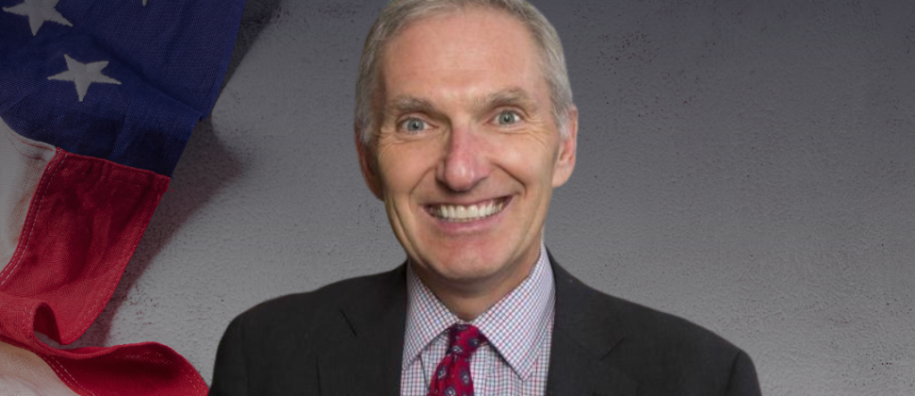
U.S. Prof. David Schultz, an expert on U.S. elections, is a member of the MRU Justice LAB.
Joe Biden’s exit from the presidential race transformed the 2024 election from an intragenerational battle between him and Donald Trump to now an intergenerational campaign between Harris and Trump. The key to Harris’ electoral college victory is adeptly playing this intergenerational game across five or six swing states where the election will come down to what 150,000 to 200,000 voters will do. While Harris needs to motivate voters across several generations, she especially needs Millennials and Gen Z.
Harris’ decision to select Minnesota governor Tim Walz as her vice-president indicates that she understands this generational contest, selecting a candidate potentially appealing across generations, but especially to an emerging Millennial and Gen Z voting bloc.
The 2024 presidential race is now a new campaign reset along many dimensions, including a generational contest between Trump and Harris. What we know is that across the five generations voting this November—the Silents, Baby Boomers, GenX, Millennials, and GenZ—there are profound policy preference differences, with the latter two generations being far more liberal on a range of issues including reproductive rights, voting rights, immigration, LGBTQ+ issues, gun regulation, and many other social issues.
We also know that in general the Republican and Democratic parties are divided along many dimensions, with there being a generational split with more Silents and Boomers favoring the former, while Gen X,, the Millennials, and GenZ favor the Democrats. But while Biden was a candidate, he was unable to motivate these generational voters, especially in the six or so swing states that will decide the election.
Harris’ choice of Walz challenges conventional wisdom of picking a political moderate in a swing state. Her selection of Walz—a liberal from Minnesota—suggests her campaign is going fully progressive, seeking to motivate these new generations. Its sets up a contrast to Donald Trump whose selection of JD Vance, sets up a clear liberal/conservative and generational voting divide. Both presidential candidates and parties are playing generational base politics.
Harris may be better positioned to play this generational politics than Trump by the simple fact that generational ascendency and descendency are factors in this election. This election features the last gasp of the Silent generation in terms of its influence in American politics. Beginning in 2020 the Baby Boomers no longer were the largest generational voting bloc in America, and are now being eclipsed by the millennials and Gen Z, who in 2020, were 37% of the voting bloc. Now they're nearly 40%. The voters and constituencies Trump is appealing too are literally dying out, while for Harris her supporters are coming of age.
The Millennials and Gen Z view the two major parties as two stores with two different menus. They are not completely sold on either the Democratic or Republican parties and would like to see more mixing of the different items on the policy menus. This again suggests appealing to them by emphasizing themes of unity and cross-party policy. They are generally liberal on most issues, more centrist on fiscal issues. They remain worried about college education affordability, health care affordability, buying a home, as well as crime, the environment and guns.
The key to this election is both generating communications that appeal to specific generations, as well as cross generational themes. Each generation looks to different media for its sources of information, and successful campaigns need to use those media to target them with different symbols and themes based on defining events in their life that help them to continue to frame their perspective on the world. Generational politics is real. But it is real in the context at perhaps five or six swing states will decide this presidential election.
In Harris’ acceptance speech she seemed to acknowledge the reality of the generality differences across the six or so swing states and where 150,000 to 200,000 voters will effectively determine the election. Moreover, her speech drew clear contrasts with Trump and also the tone of all the speeches on the final night of the Democratic National Convention was an effort to appeal to moderate or swing voters. Harris right now is playing the politics of 2024 well and is enjoying a bump in the polls that is putting her into the lead. If this lead is sustained for a few more weeks it may suggest that she has altered the course of the election and could be the next president of the United States.